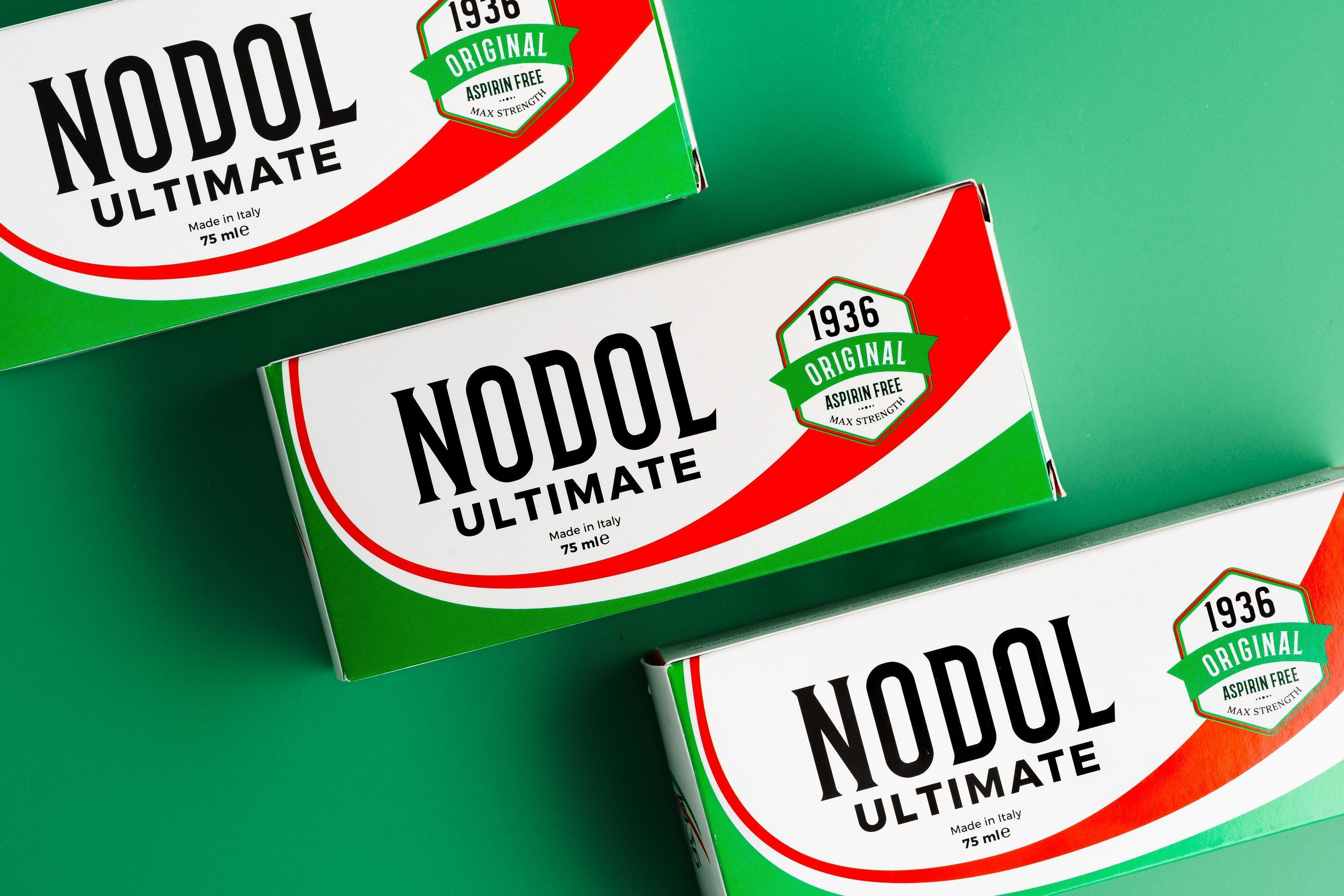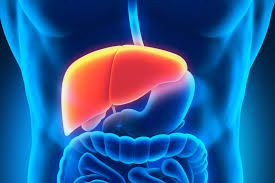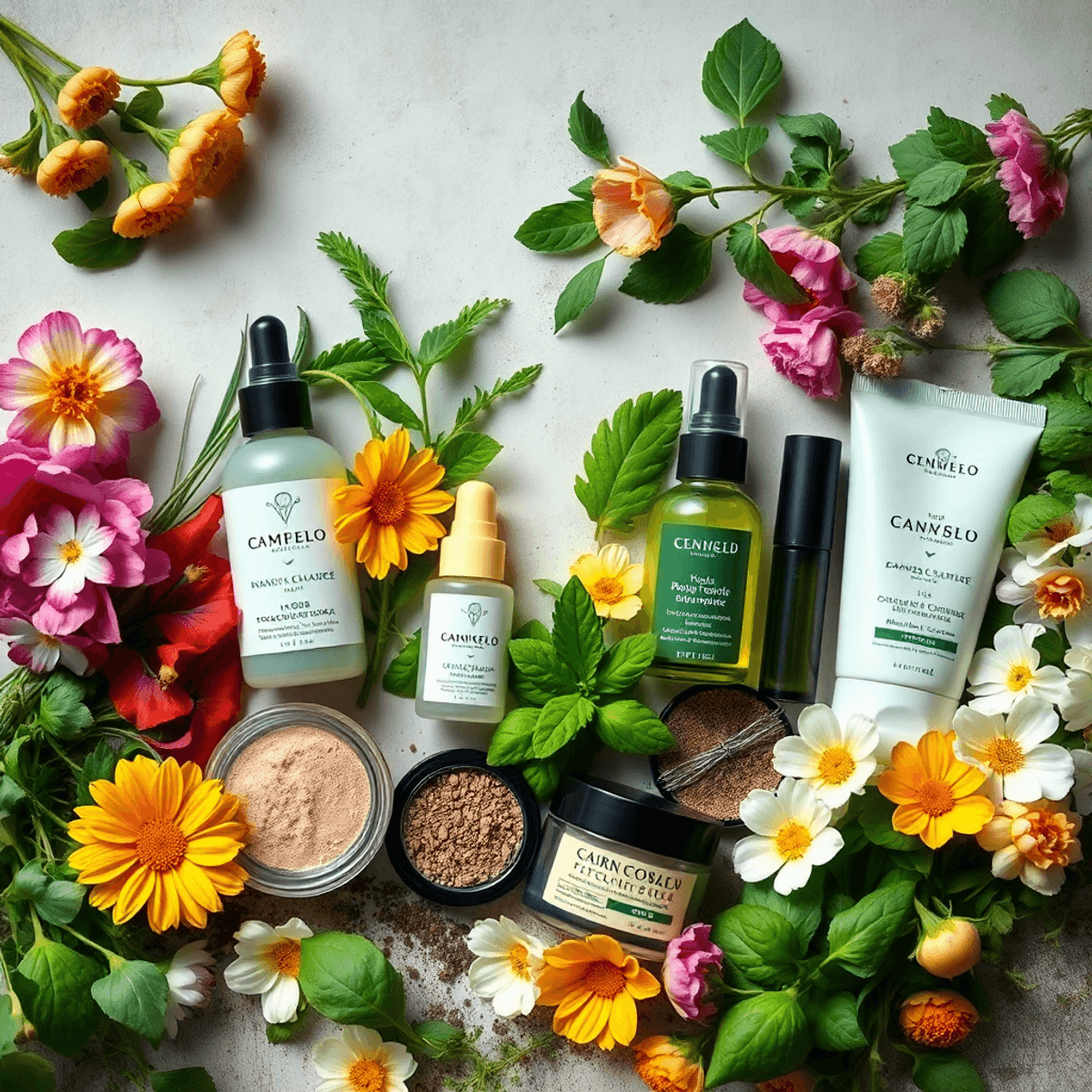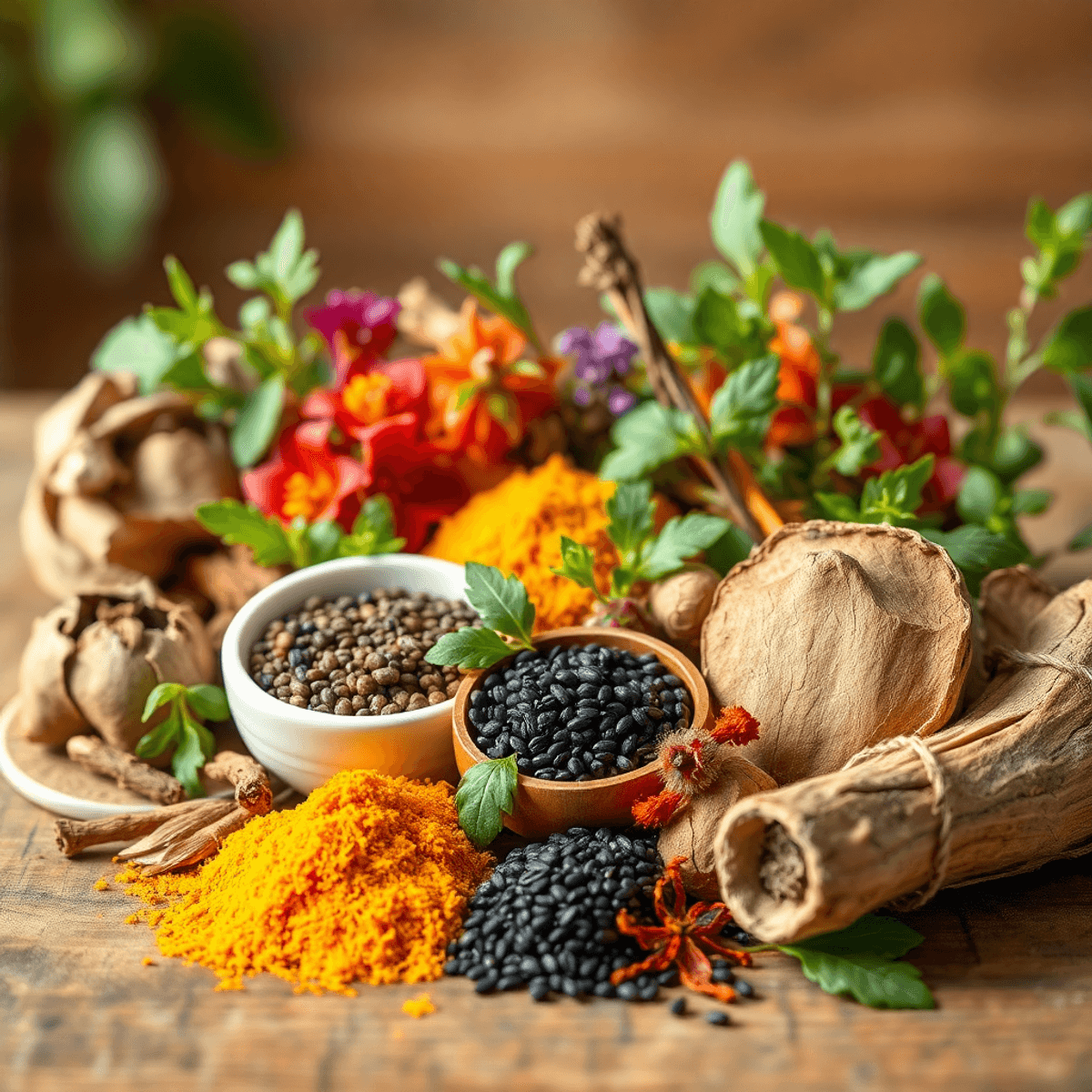Best Ways to Lower Blood Pressure Quickly and Effectively
Introduction
Understanding how to lower your blood pressure is essential for maintaining overall health. Blood pressure is the force exerted by circulating blood on the walls of blood vessels. It's vital to keep it within a healthy range to prevent severe health complications.
Elevated blood pressure, or hypertension, is often referred to as a silent killer due to its lack of apparent symptoms until significant damage occurs. Keeping your blood pressure at an ideal level, such as 120/80 mmHg, can significantly reduce the risks associated with heart attack and stroke.
In this article, you'll discover the best ways to lower blood pressure quickly and naturally. We'll delve into effective lifestyle changes, dietary adjustments, stress management techniques, and home monitoring strategies that can help you achieve healthier blood pressure levels swiftly.
Lifestyle Changes
Implementing certain lifestyle changes can play a crucial role in managing your blood pressure. Regular physical activity, maintaining a healthy weight, and avoiding tobacco use are some of the key factors that can contribute to better heart health.
Moreover, stress management techniques such as mindfulness or yoga can also be beneficial. If you're struggling with chronic pain due to conditions like arthritis or muscle pain which could be exacerbating your stress levels and indirectly affecting your blood pressure, consider exploring natural solutions like the 1936 Original Pain Relief Cream, known for its effective relief using 95% natural ingredients.
Dietary Adjustments
Dietary changes can also have a significant impact on your blood pressure. Incorporating more fruits, vegetables, whole grains, and lean proteins into your diet while reducing sodium intake can help lower blood pressure levels.
It's also worth noting that certain skin conditions like atopic dermatitis, which may arise due to dietary triggers or other factors, should not be overlooked. Understanding whether these conditions improve with age can provide insights into long-term management strategies.
Stress Management Techniques
As mentioned earlier, managing stress effectively is crucial for maintaining healthy blood pressure levels. Techniques such as deep breathing exercises, meditation, and regular physical activity can help alleviate stress.
If you're dealing with inflammatory pain that makes it difficult to manage stress or engage in physical activity, it's essential to stay informed about the latest developments in treatment options. The blog post on 21st century breakthroughs in inflammatory pain treatment provides valuable insights into advanced drugs and personalised medicine that are revolutionising healthcare in this area.
Home Monitoring Strategies
Lastly, implementing home monitoring strategies can help you keep track of your blood pressure levels effectively. Regular monitoring allows you to understand how your body responds to different lifestyle changes and dietary adjustments.
Understanding Blood Pressure
Blood pressure is a critical indicator of health, measured in millimetres of mercury (mmHg). It represents the force of blood pushing against the walls of your arteries as your heart pumps. This vital sign consists of two numbers: systolic (the higher number) and diastolic (the lower number).
- Systolic Pressure: Measures the force as your heart beats.
- Diastolic Pressure: Measures the force when your heart rests between beats.
High blood pressure, or hypertension, is categorised into stages based on these measurements. Stage 1 hypertension begins at 130/80 mmHg, while stage 2 is marked by readings at or above 140/90 mmHg. The ideal blood pressure for adults remains at 120/80 mmHg, a benchmark associated with better health outcomes according to population studies.
The term silent killer is often used to describe high blood pressure because it frequently has no noticeable symptoms yet significantly increases the risk of severe health issues such as heart attack, stroke, and kidney disease. Finding natural ways to reduce blood pressure can be crucial for maintaining health. Methods like regular exercise, dietary adjustments, and stress management are commonly recommended strategies for those wondering how to reduce their blood pressure effectively.
Understanding how to combat high blood pressure through lifestyle changes not only helps in lowering blood pressure naturally but also promotes overall well-being.
The Importance of Lowering Blood Pressure
Combat high blood pressure by recognising its serious health implications. High blood pressure significantly increases the risk of heart attacks, strokes, and kidney disease. These conditions are often life-threatening and underscore the need to reduce your blood pressure effectively.
Research highlights that even modest reductions in systolic blood pressure can have profound benefits. Lowering your systolic BP by as little as 5mmHg can decrease the risk of stroke by 15% and reduce heart disease instances by 10%. These statistics underscore the urgency of understanding what to do about high blood pressure.
Incorporating healthier lifestyle choices, such as following a diet rich in fruits and vegetables—foods that are good for high blood pressure—and engaging in regular exercise, plays a pivotal role in managing hypertension. Adopting these strategies not only improves your overall health but also mitigates the silent dangers associated with elevated blood pressure levels.
1. Lifestyle Changes for Lowering Blood Pressure
Exercise Regularly
Regular exercise is a cornerstone in the journey to lower your blood pressure effectively. Engaging in vigorous physical activity for at least 150 minutes a week is highly recommended. This level of activity not only promotes heart health but also aids in reducing arterial stiffness, which is crucial in regulating blood pressure levels.
Exercise works its magic by strengthening the heart, enabling it to pump blood with less effort, which decreases the force on your arteries and thus lowers blood pressure. Whether it's brisk walking, cycling, swimming, or engaging in a sport you love, consistent physical activity can bring significant benefits.
Incorporating exercise into your routine doesn't have to be daunting. You might consider:
- Starting small: Begin with short walks and gradually increase the duration.
- Finding activities you enjoy: Whether it's dancing, hiking, or playing tennis, choose something that makes you look forward to being active.
- Staying consistent: Aim for daily movement; even short bursts of activity count.
Additionally, regular exercise contributes to maintaining a healthy weight—a crucial factor in controlling blood pressure. By shedding excess pounds and staying active, you're setting a robust foundation for long-term cardiovascular health.
Moreover, adopting these lifestyle changes can also have positive effects on other health issues such as erectile dysfunction, where regular physical activity and weight management play significant roles in treatment and prevention.
Incorporating these lifestyle changes can make a substantial difference in how you manage your blood pressure.
Follow the DASH Diet
Adopting a healthy lifestyle is crucial for managing blood pressure levels effectively. One of the most recommended dietary approaches to achieve this is the DASH (Dietary Approaches to Stop Hypertension) diet. This eating plan focuses on nutrient-rich foods that are beneficial for heart health and blood pressure control.
Key Principles of the DASH Diet
The DASH diet emphasises:
- Fruits and Vegetables: Packed with essential nutrients, these help in maintaining a healthy heart.
- Whole Grains: Foods like whole grain bread and brown rice provide fibre, promoting overall cardiovascular health.
- Lean Proteins: Incorporating poultry, fish, beans, and nuts ensures you get adequate protein without excess saturated fat.
Reducing Salt Intake
A key component of the DASH diet is reducing salt intake. Sodium can significantly impact blood pressure, especially in individuals with hypertension. Processed foods often contain hidden salts, which can contribute to elevated blood pressure levels. Being mindful of sodium consumption and choosing fresh ingredients over processed ones is beneficial.
Avoiding excessive salt in restaurant meals and home-cooked dishes is essential. Adopting such dietary habits can significantly lower your blood pressure, contributing to better long-term health outcomes. This dietary approach aligns well with other lifestyle changes like regular exercise and maintaining a healthy weight, forming a comprehensive strategy for managing high blood pressure effectively.
Limit Alcohol Intake
Balancing alcohol consumption is crucial in managing blood pressure effectively. The World Health Organization (WHO) suggests that there is no safe level of alcohol intake, as even low levels can pose health risks. Recent Canadian guidelines have reduced recommendations to just two beverages per week due to associated cancer risks. Emphasising moderation or complete abstinence from alcohol could significantly benefit those looking to lower their blood pressure and improve overall health. Assessing your lifestyle choices, such as alcohol consumption, plays a pivotal role in understanding How To Lower Your Blood Pressure naturally and effectively.
Maintain a Healthy Weight
Maintaining a healthy weight is crucial for managing blood pressure levels. Carrying excess weight can lead to higher blood pressure, putting extra pressure on your heart and arteries. To achieve and maintain a healthy weight, it's important to have a balanced diet and make regular exercise a part of your routine.
Tips for achieving and sustaining a healthy weight:
- Balanced Eating: Embrace the DASH diet, which emphasises fruits, vegetables, whole grains, and lean proteins. This approach not only supports weight management but also aids in lowering blood pressure.
- Regular Exercise: Engage in at least 150 minutes of vigorous exercise per week. Activities such as brisk walking, cycling, or swimming can significantly enhance cardiovascular health while helping you maintain a healthy weight.
- Limit Alcohol Consumption: Reducing alcohol intake can further assist in managing both your weight and blood pressure.
Incorporating these practices into your lifestyle can contribute to both effective weight management and improved blood pressure control.
Quit Smoking
Smoking poses a significant threat to vascular health, impacting both vascular tone and inflammation, which are key contributors to hypertension. When you smoke, the chemicals in tobacco can cause your blood vessels to constrict and harden, leading to elevated blood pressure levels. This makes quitting smoking an essential strategy in your journey towards achieving healthier blood pressure.
To effectively quit smoking and lower your blood pressure:
- Seek Professional Support: Engaging with healthcare professionals can provide tailored advice and support to help you quit smoking.
- Join Cessation Programs: These programs offer structured support, often combining behavioural therapy and medication options.
- Adopt a Healthy Lifestyle: Incorporating exercise and the DASH diet can not only assist in smoking cessation but also further promote cardiovascular health.
Smoking cessation is a crucial step for those wondering "How To Lower Your Blood Pressure?" Embracing this change alongside maintaining a healthy weight, limiting alcohol consumption, and regular exercise can significantly strengthen your heart's health.
2. Stress Management Techniques for Lowering Blood Pressure
Practice Meditation and Yoga
Reducing stress is a crucial part of lowering blood pressure. Both meditation and yoga have been scientifically proven to be effective ways to achieve this. Regularly practising these ancient techniques can lead to a decrease in blood pressure by about five mmHg, which in turn lowers the risk of stroke.
Scientific Evidence:
- Meditation: Studies show that meditation helps activate the body's relaxation response, reducing stress hormones and promoting feelings of calmness. This physiological change aids in lowering blood pressure.
- Yoga: Known for its combination of physical postures, breathing exercises, and meditative practices, yoga has been shown to improve cardiovascular function and decrease arterial stiffness, contributing to lower blood pressure levels.
Simple Techniques to Incorporate into Daily Routine:
- Guided Meditation:
- Start with short sessions of 5-10 minutes daily.
- Use apps or online resources that offer guided meditations tailored for beginners.
- Mindful Breathing:
- Spend a few minutes focusing on your breath, inhaling deeply through your nose and exhaling slowly.
- Practice mindful breathing whenever you feel stressed or anxious.
- Yoga Sessions:
- Dedicate at least 15 minutes each day to basic yoga postures like the Mountain Pose or Child’s Pose.
- Follow online classes or join local yoga groups to maintain consistency and motivation.
- Daily Mindfulness:
- Incorporate mindfulness into everyday activities, such as eating or walking, by fully engaging with the present moment without judgment.
These practices not only help in reducing stress but also promote overall well-being. Consistently integrating them into your lifestyle can be an effective strategy in understanding how to lower your blood pressure naturally.
Prioritise Quality Sleep
Chronic stress is a significant factor that can elevate blood pressure levels, making it essential to address stress for effective management. Adequate sleep plays a pivotal role in this process, as poor sleep quality is closely linked to hypertension. Research suggests that those who consistently experience insufficient sleep are at a higher risk of elevated blood pressure.
To enhance your sleep hygiene:
- Create a calming bedtime routine: Engage in relaxing activities such as reading or taking a warm bath before bed.
- Keep your bedroom dark and quiet: Consider blackout curtains and earplugs if necessary.
- Avoid caffeine after noon: Caffeine can disrupt your sleep cycle, leading to restless nights.
- Limit food intake after dinner: Eating late can affect digestion and interfere with your ability to fall asleep.
Implementing these strategies not only helps in reducing stress but also contributes significantly to lowering your blood pressure.
3. Monitoring Your Blood Pressure at Home
Regular blood pressure monitoring is a crucial step in effectively managing hypertension. Understanding how to lower your blood pressure starts with being aware of its current state. Regular checks can help you make informed decisions about lifestyle changes or medical interventions if necessary.
Using a Personal Blood Pressure Machine
Investing in a personal blood pressure machine provides you with the convenience of checking your readings at home, without the inaccuracies that can sometimes occur with office measurements. Home monitoring offers real-time insights into your blood pressure trends and helps track the effectiveness of lifestyle modifications.
Types of Home Monitors:
- Arm Monitors:
- Pros:
- Generally more accurate compared to wrist monitors.
- Suitable for individuals who need regular and precise measurements.
- Cons:
- Can be less portable and slightly more expensive.
- Wrist Monitors:
- Pros:
- More compact and portable, often easier to use.
- Convenient for frequent travellers or those needing mobility.
- Cons:
- Potential for less accuracy due to improper positioning during measurement.
When considering which type of monitor to purchase, accuracy should be a priority, especially if you are managing high blood pressure regularly. Arm monitors are typically recommended for their reliability in readings, while wrist monitors might serve well for occasional checks when on the go.
Tips for Accurate Measurements:
- Ensure you're seated comfortably with your back supported.
- Keep your arm at heart level during measurements.
- Avoid caffeine, exercise, or tobacco use 30 minutes prior to taking a reading.
Monitoring your blood pressure at home empowers you with vital information, helping you understand how to lower your blood pressure effectively through both lifestyle adjustments and medical advice when needed. For instance, incorporating natural pain relief and skincare solutions into your routine could also contribute positively towards managing stress levels, which is beneficial for maintaining healthy blood pressure levels.
FAQs
What are some effective lifestyle changes to lower blood pressure?
Implementing lifestyle changes such as regular exercise, following the DASH diet, reducing salt intake, limiting alcohol consumption, maintaining a healthy weight, and quitting smoking can significantly help in lowering blood pressure.
What is the DASH diet and how does it help with blood pressure?
The DASH diet (Dietary Approaches to Stop Hypertension) emphasises the consumption of fruits and vegetables, whole grains, lean proteins, and low-fat dairy while reducing salt intake. This dietary approach has been shown to effectively lower blood pressure.
How can stress management techniques contribute to lowering blood pressure?
Stress management techniques such as meditation, yoga, and ensuring quality sleep can help reduce chronic stress levels, which is crucial for maintaining lower blood pressure.
Why is home monitoring of blood pressure important?
Regular monitoring of blood pressure at home allows individuals to track their progress and manage their health more effectively. It helps in identifying patterns and making necessary adjustments in lifestyle or medication.
What should I consider when measuring my blood pressure at home?
When measuring your blood pressure at home, ensure you're seated comfortably with your back supported, your arm is at heart level, and you follow the instructions for your personal blood pressure machine for accurate readings.
What are the serious health risks associated with high blood pressure?
High blood pressure can lead to severe health issues such as heart disease, stroke, kidney damage, and other cardiovascular problems. Recognising its seriousness emphasises the importance of managing and lowering blood pressure effectively.












